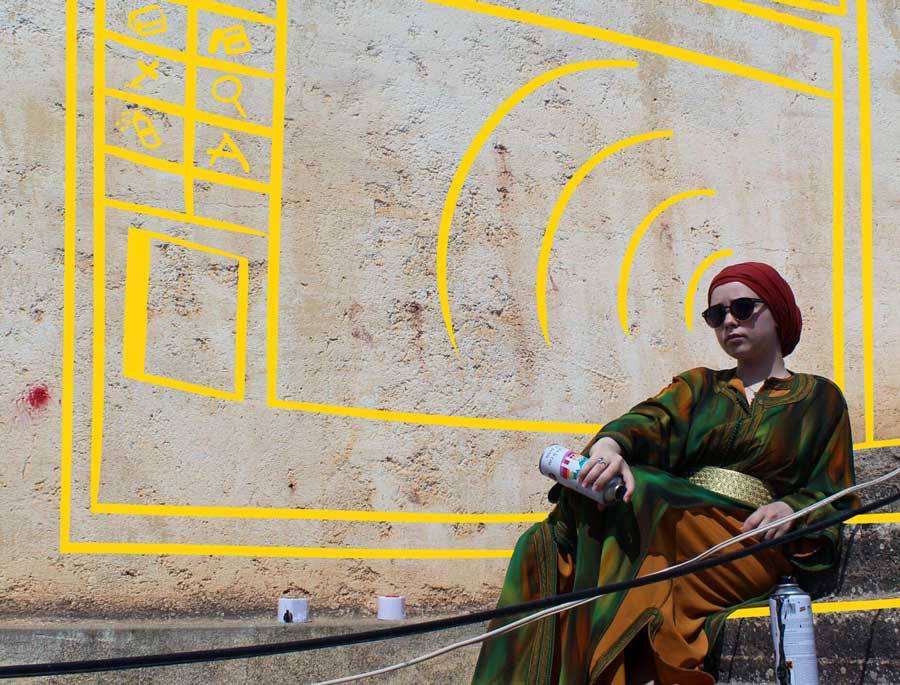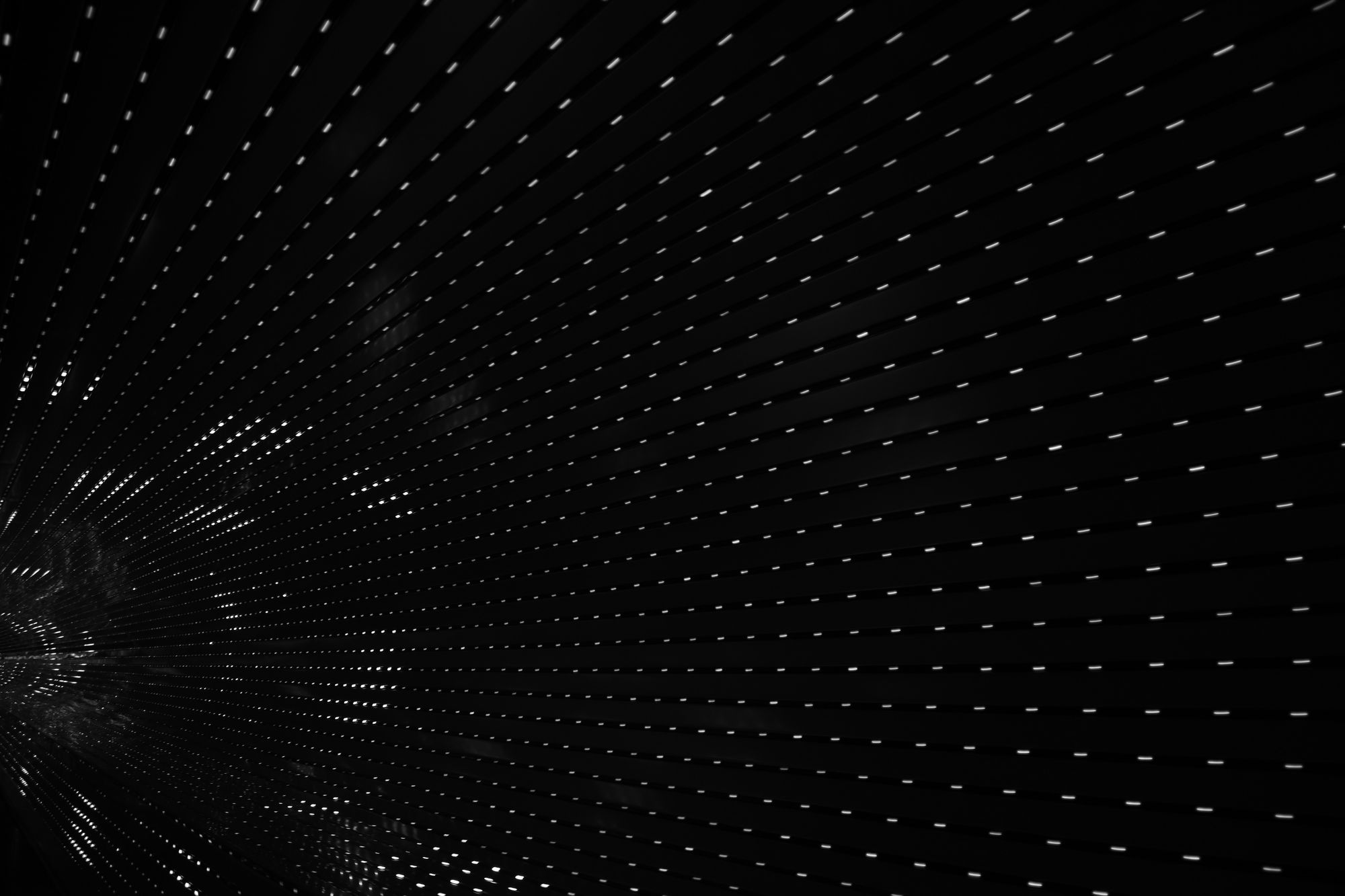Bridging creative ecosystems globally to accelerate social impact.
egomonk and Ta7rir, an initiative born out of Morocco, have entered into a strategic partnership to build and bridge creative communities globally in order to accelerate social impact. Our founder, Sartaj Anand, sat down with Karim El Hamri, creator of Ta7rir, to discuss what this means for the MENA region and the rest of the world. Here is an excerpt of their conversation —
Who are you?
I am Karim El Hamri. I am 26 years old and I consider myself a community builder who believes in art as a tool to solve social challenges, and collaboration as an approach to create systemic change. I was born in Morocco and am a visual artist and electrical engineer. I’ve previously worked in different fields such as communication, marketing and innovation space management. However, with the support of a large community of creatives we are now launching Ta7rir, an organization that aims to support creatives in solving challenges freely.
Why did you start Ta7rir?
Ta7rir started in a context I personally identified with. Many artists, especially illustrators, always suffer from different challenges, but their main challenge is the lack of ability for them to draw in front of a model, without censorship. So, we gathered them and invited models and speakers to talk about art, censorship and gender conformity. Now we’ve adopted this approach of identifying a challenge, engaging artists to solve it, creating a product, selling it, and finally implementing the solution as the lifecycle of Ta7rir.
What does Ta7rir hope to accomplish for creatives?
Ta7rir hopes to gather creatives from all the world, in an inclusive way, to build a massive cluster with the power of creating spaces for debate and solving different challenges the world faces. After all creativity is humanity’s job in the future.

What is the biggest skill gap in the creative community? How is Ta7rir hoping to bridge this?
I believe creativity is the approach of solving challenges logic could not precisely solve, and art intervenes as a tool in this process. In the creative community, I believe talent can be built with practice but what we’re actually lacking is fully understanding the duty of a creator beyond aesthetics.
In Ta7rir we give talented people, who want to become true creatives, the opportunity to thrive within a bigger community. If they’re passionate about art and want to learn more about innovative approaches then they will be able to through this tribe and this will create unity which will in turn influence society.
What is the state of the creative community in Morocco? Is it the same in Africa?
Morocco, like any other country, has a community of talented people but what it lacks, depending on the creative discipline, is the platform and creative industry to turn that talent into real social and economic impact. We also need to give the creators the freedom to fully express themselves. For example, our neighbor Tunisia is progressing in terms of artistic and creative freedom, while Egypt has already built a long-standing heritage around the audiovisual arts.

How does Ta7rir differ from other such creative communities in established or emerging markets such as Europe or Asia?
Ta7rir is touching all disciplines, inclusively, from all the world. Freedom of expression and a human centred approach are its pillars because our vision is a world where creatives realize social and economic impact through free actions. All ideas, knowledge and opportunities are shared and we will support each other at every step. We believe in entrepreneurship as infrastructure for creativity and that all creators should be able to generate profit in order to act sustainably.
What will be the role of creatives in the future?
It’s the role that creatives in Ta7rir will play starting from today. We just need to empower them with different tools!
Anything we should’ve asked about Ta7rir but couldn’t?
When are we opening the Indian hub of Ta7rir?






